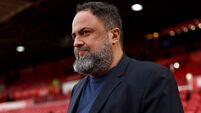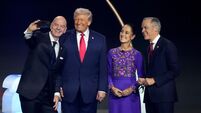Why it’s not good for a coach to go all Braveheart in the dressing room

Twenty years ago this week marked one of the most infamous acts in sporting history. Mike Tyson and Evander Holyfield faced off for the second time in what was billed as The Sound and the Fury. Following Holyfield’s impressive TKO win the previous November, to upset the odds, both camps agreed on a rematch that would be ignominiously remembered as The Bite Fight.














